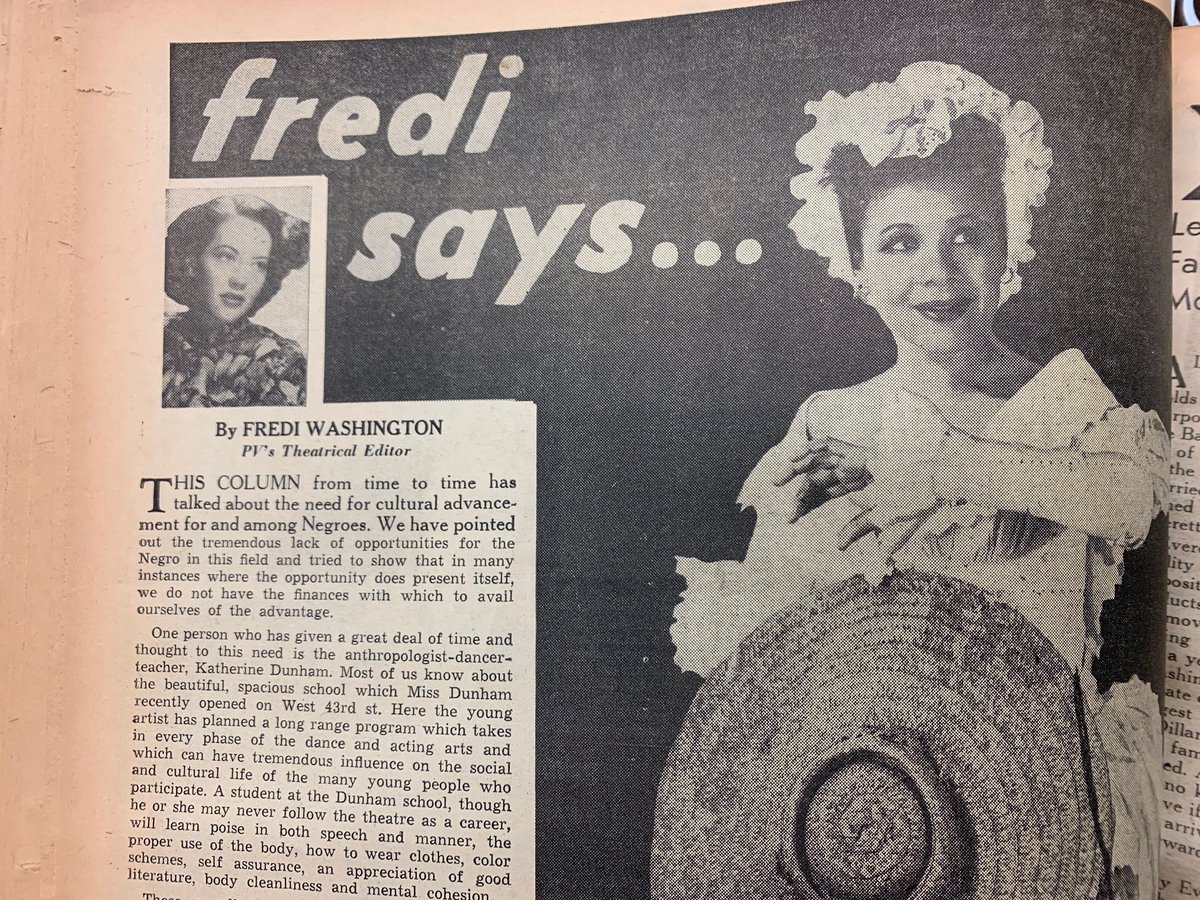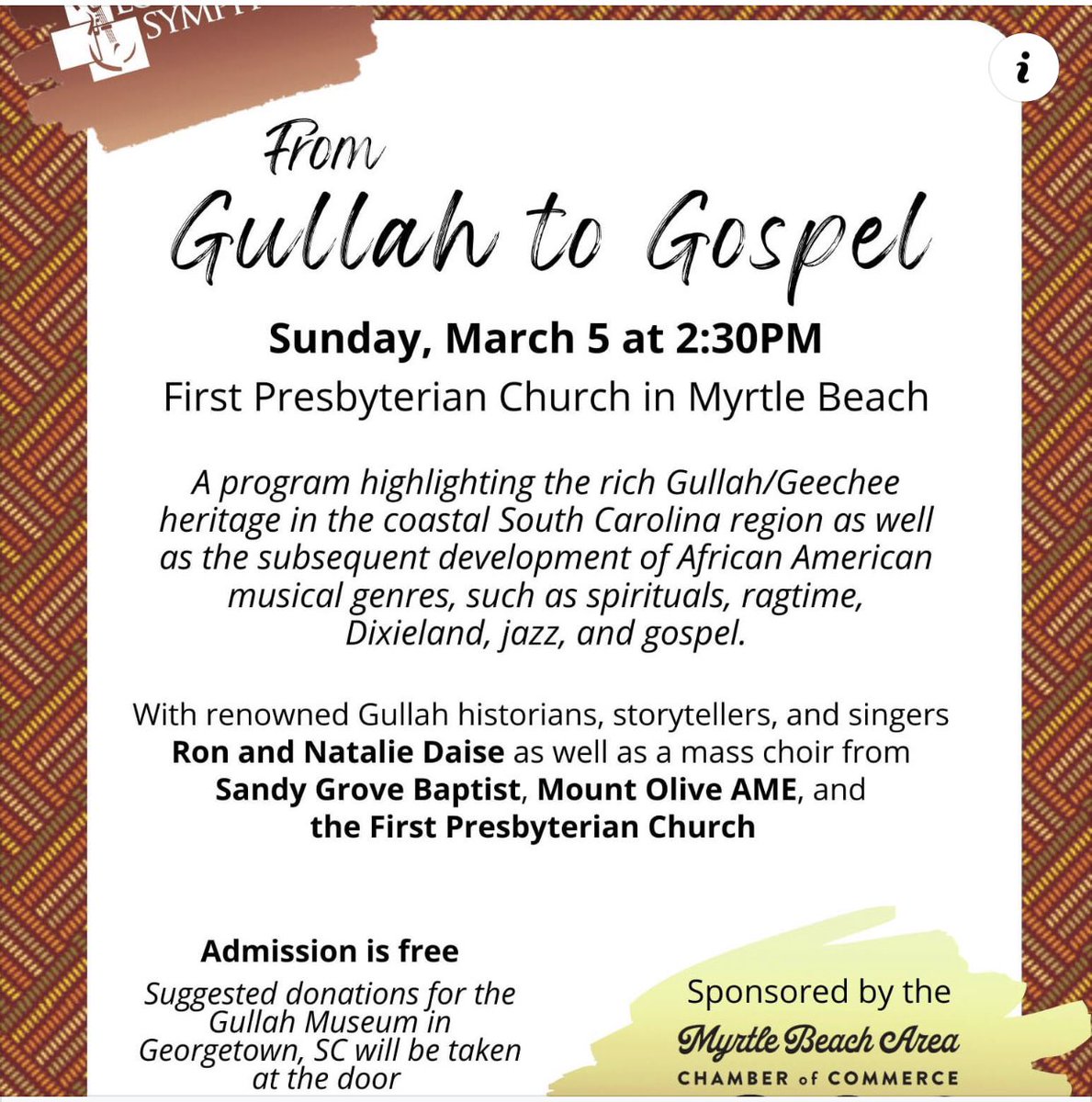
Before there was Lena Horne, there was Savannah’s own Fredi Washington. She was one of the first African-American actresses to gain recognition in films and challenge racism in Hollywood. A proud Black woman, she refused to pass for white. 

Born in 1903, Frederika “Fredi” Washington excelled as a dancer, actress, journalist, and Civil Rights activist. She began her career as a dancer in the 1920s in “Shuffe Along,” the first Broadway show created, produced, and performed by African Americans.
It was a landmark in African-American musical theater, credited with inspiring the Harlem Renaissance of the 1920s and '30s. Washington became lifelong friend with another dancer named Josephine Baker. 

The famed producer Lee Shubert saw Washington perform and recommended her for a dramatic co-starring role opposite Paul Robeson in the Broadway play “Black Boy” (1926). She and Robeson were rumored to have had a years long romantic relationship. #chemistry 

At the end of the run Washington turned to dancing again and toured the capitals and entertainment centers of Europe in 1927-28 with her dance partner Al Moiret. (Think Fred & Ginger but Black.)
In London they mixed with royalty and Washington taught a 1920s dance craze, the Black Bottom, to the Prince of Wales. The dance from New Orleans overtook the Charleston in popularity during the Jazz Age. (Fredi was the OG Black girl magic.) 

After her return to New York, she appeared in several Broadway stage productions, including “Singin' the Blues” (1931) with her sister Isabel “Belle” Powell, and Hall Johnson's folk drama “Run, Little Chillun” (1933).
Washington appeared in short films like “Black and Tan” with Duke Ellington and his orchestra. She played the part of Undine in the 1933 film “Emperor Jones” opposite her friend Paul Robeson.
But she is most known for playing Peola in “Imitation of Life” in 1934. Peola, a light-skinned young African American woman, chooses to reject her dark-skinned mother so she can pass as white in order to escape racial discrimination.
Like Peola, Washington experienced limited opportunities because of her race, but unlike Peola, she never denied her African-American heritage. Her appearance in Imitation of Life exacerbated difficulties she faced as a light-skinned black woman.
Washington’s face had to be darkened in Imitation of Life (as it had in The Emperor Jones in 1933) so that audiences would not read her as white. Her performance in the role led to publicity claiming that she was, in real life, anti-black.
Following the film’s release, Washington began to take a public stance against racial passing, a stance that influenced her subsequent selection of roles and her devotion to political action.
She went on to help found the Negro Actors Guild in 1937 & served as Entertainment Editor of the People’s Voice, established in 1942. She used this platform to do everything from support the Double V Campaign during WWII to call for an end to racist & sexist tropes in Hollywood. 

Happy O’oman’s History Month! Sources:
broadcast41.uoregon.edu/biography/wash…
independent.co.uk/news/people/ob…
arogundade.com/actress-fredi-…
en.m.wikipedia.org/wiki/Black_Bot…
en.m.wikipedia.org/wiki/Shuffle_A…
broadcast41.uoregon.edu/biography/wash…
independent.co.uk/news/people/ob…
arogundade.com/actress-fredi-…
en.m.wikipedia.org/wiki/Black_Bot…
en.m.wikipedia.org/wiki/Shuffle_A…
• • •
Missing some Tweet in this thread? You can try to
force a refresh











